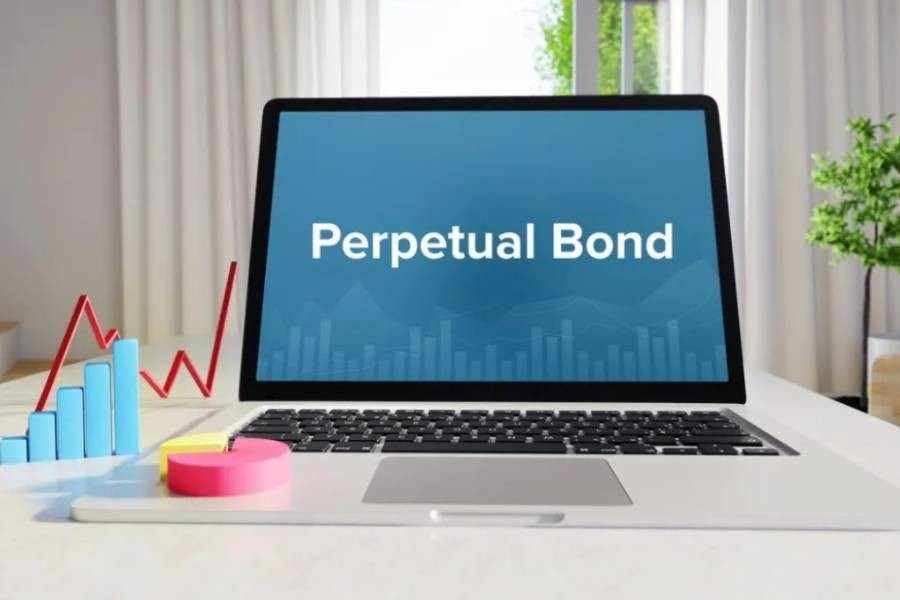That the country's capital market lacks depth is an undisputed reality. The daily trading of a sizeable number of bonds in the secondary market is viewed as one of the ways of providing some depth to an otherwise unpredictable market. The present top brass of the Securities and Exchange Commission (BSEC) since its taking over has been trying hard to create a vibrant bond market that would offer the businesses a viable source of long-term funds and the investors a rewarding investment opportunity.
The government has been dominating a very tiny bond market for a long period. The value of its outstanding bonds is worth over $17 billion while two private bonds are valued only at US$0.03 billion. Only private bonds are traded in the secondary market. Corporate bonds, mainly issued by banks, are transacted among the sector players. The securities regulator has now set its eye on those bonds to offer a bit of vibrancy and diversified investment opportunities.
The Commission at its meeting held last week decided that the issuer of a perpetual bond, which is fixed-income security having no maturity date, will have to offload 10 per cent of the instrument through public offer. Besides general investors, some other market players, including asset management companies and mutual funds, must have six per cent investment in each of the listed debt instruments.
The intention of the securities regulator to help create a vibrant stock market is well appreciated, but a few relevant issues should not skip its attention. What remains important is the issuance of a greater number of corporate bonds and their trading in the secondary market to help offer the businesses a funding source alternative to banks. The BSEC has so far allowed as many as eleven banks to issue perpetual bonds valued at a substantial sum. These are Additional Tier-1 (AT1) bonds issued to raise Additional Tier 1 capital required under the BASEL III norm.
It is, however, worthwhile to note here that the perpetual bonds despite offering attractive interest rates as against the time deposits do carry certain risks that include credit risk, interest-rate risk and liquidity risk. Usually, perpetual bonds are issued by high-interest bearing corporate bodies when they are in financial difficulties.
The issuers of such bonds have the right to write off the principal during the time of severe financial difficulties and pay lower than promised interest rates in the face financial downturn. The holders, on occasions, may have to liquidate their bonds at prices below the face value in the secondary market because of the poor demand for the same. There was a perpetual bond debacle in India last year. Investors, including institutions, lost funds worth about Rs. 85 billion in a perpetual bond issued by the Yes Bank. Several cases are now pending before the Indian courts on this issue.
Under the circumstances, the securities regulator before allowing the listing of corporate perpetual bonds should make the investors aware of all the risks involved. More importantly, as happens in the case of initial public offerings (IPOs), the issuers in their prospectuses must make available all the relevant financials for scrutiny by the prospective investors.


